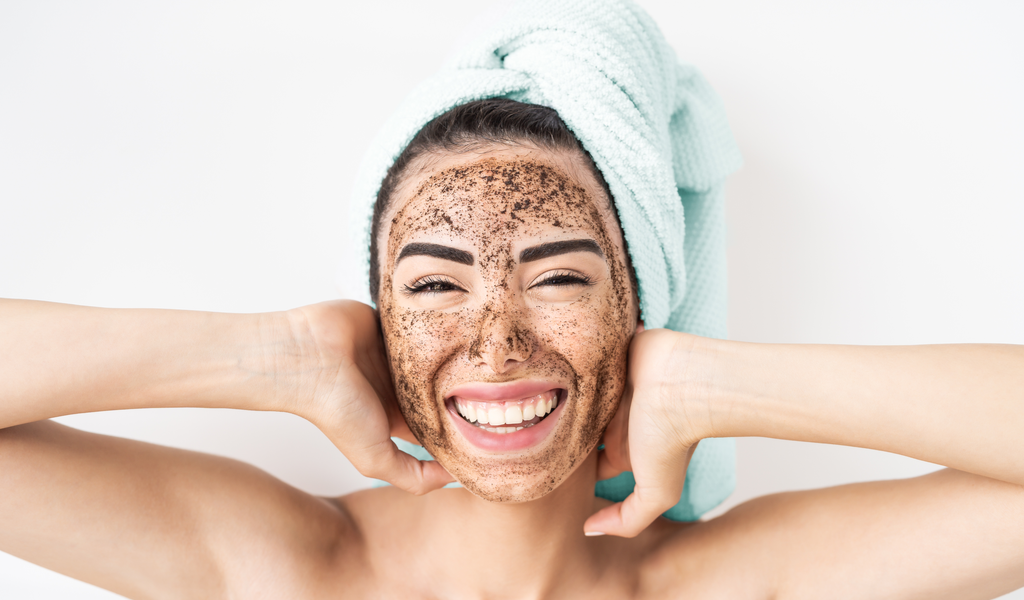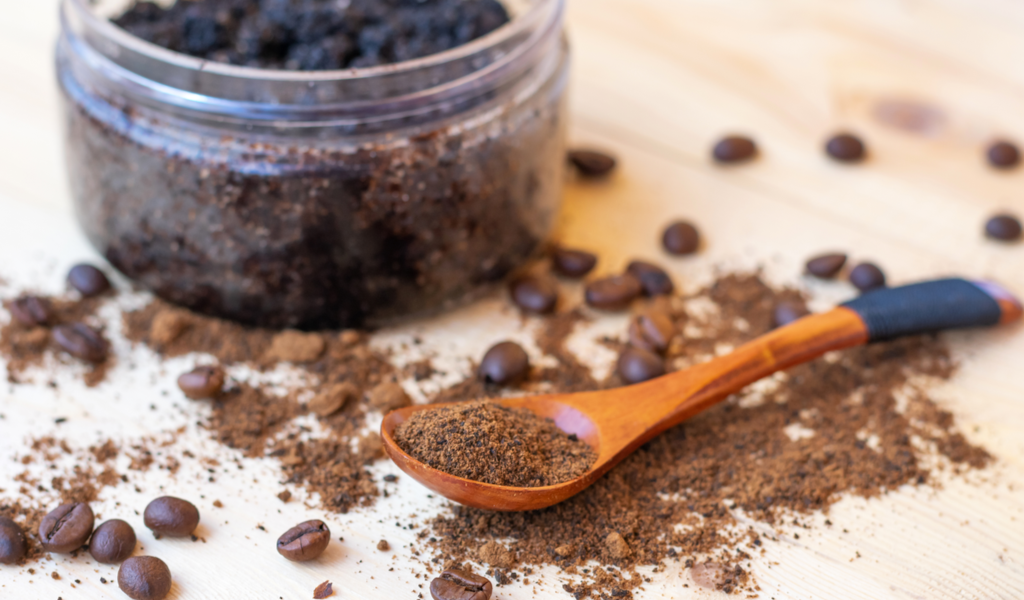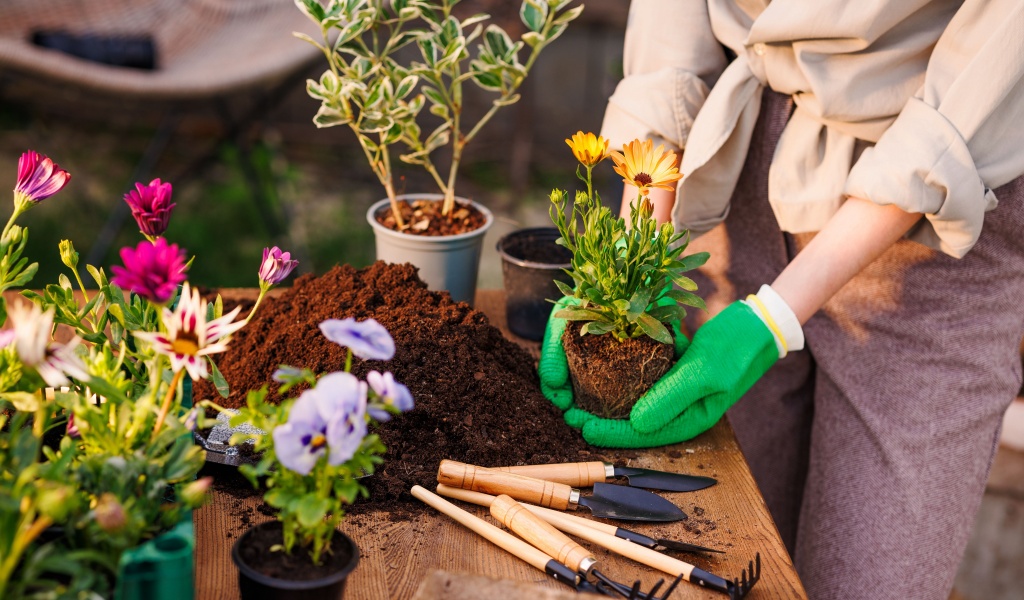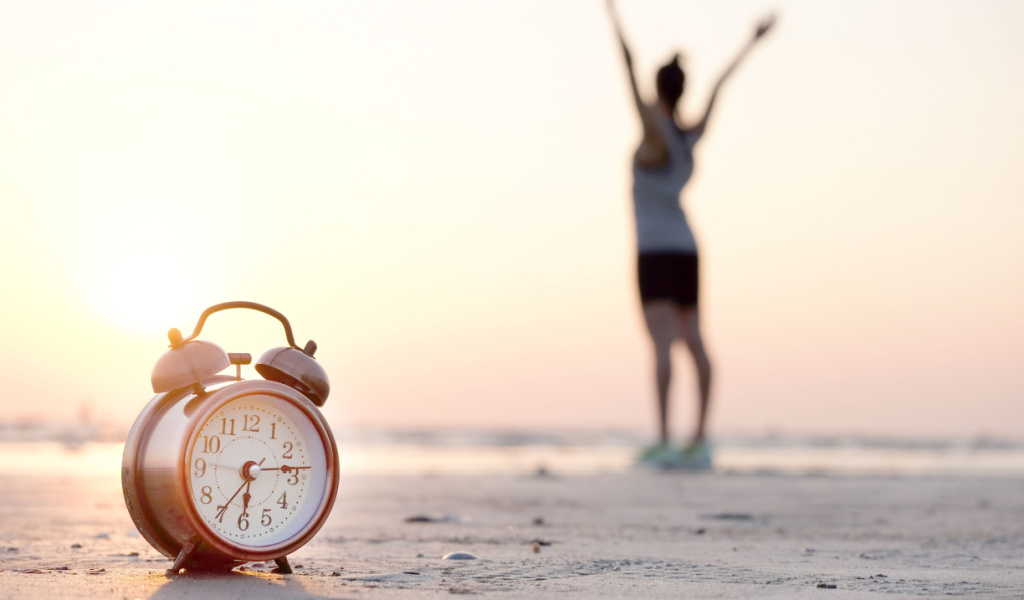If you’re someone that can’t function until they’ve had their cup of coffee in the morning, you know that it can go a long way in giving you a boost of energy that makes you feel up, alive, and ready to seize the day. But did you know that coffee can do more than that? Yes, coffee has been gaining popularity as an alternative remedy for the skin.
Coffee is rich in antioxidants. In fact, according to a study conducted by the American Chemical Society, coffee is the number one source of antioxidants in the US – beating out other antioxidant-rich beverages such as tea and wine.
These are the same antioxidants that help out your skin by helping fight and protect against free radicals that can cause damage. However, the key difference is that you need to apply the coffee topically for your skin to see any benefits. You can make masks, scrubs, or pastes using fresh coffee grounds. So after you’ve made yourself a nice cuppa joe that’s going to provide your internal body with antioxidants, use the leftover grounds for external benefits!
But is it worth all that effort? We think it is! If you need more convincing, read through the list below to see how coffee can provide direct benefits to your skin (we’ve also thrown in a few recipes to help you get started too).

Cellulite Reduction
Coffee is high in caffeine, which is what gives you that instant refresh when you drink it. Caffeine is also the key to helping reduce the appearance of cellulite on the skin. It does so by dilating the blood vessels underneath your skin and stimulating overall blood flow, which benefits overall skin health.
The best skincare product to use for the reduction in cellulite on the skin is a coffee scrub that you can apply to the affected areas. Exfoliation provided by a scrub will help smoothen the skin and give it an even appearance.
Want to learn how to make coffee scrubs for cellulite? Keep reading to find out!
Calming Effects
Coffee as a beverage is pretty much an energy drink. It wakes up the senses and gives you a boost of energy. However, when applied topically, you see almost exactly the opposite effect, because the antioxidants in coffee can help you relax and destress. So, if you’re someone who likes to put on a nice scrub and unwind, consider a coffee scrub!
Anti-Aging Benefits
As we said, coffee can help better the overall health of your skin. In fact, a study has found that there is a direct correlation between drinking coffee and a decrease in photoaging effects, which is the premature aging of the skin caused by repeated exposure to UV rays (most commonly the sun). Topically applied coffee can help reduce things like sunspots, redness, and fine lines.
Helps Fight Skin Cancer
Niacin, a type of vitamin B3, is a prominent property of coffee. It is produced due to the breakdown of a key compound called trigonelline, which only happens when coffee beans have been roasted.
According to Australian researchers, this particular form of vitamin B3 has shown that it can significantly reduce the instance of non-melanoma skin cancers even in those with a previous history of some types of skin cancer. Vitamin B3 has also been proven to help repair UV-damaged cells, reduce immune suppression caused by UV radiation, and even lower the risk of skin cancer from occurring in the first place.
Reduced Inflammation
Coffee has several anti-inflammatory properties, linked in particular to chlorogenic acid (CGA) and melanoidins present in it. CGA has also been said to help reduce hyperpigmentation that may be caused by inflammation.
Treating Acne & Damage
If your skin is prone to wounds or other skin infections, such as acne, applying coffee to your skin regularly can help fight these issues. Since harmful bacteria is typically the culprit behind such skin problems, coffee is a great aid as it contains both anti-inflammatory and antibacterial properties. Since coffee grounds provide a natural exfoliation, combined with the other benefits they provide, this can be a good method of treating acne.
Dark Circles
The Beverly Hills MD Cosmeceuticals say that coffee can be the ingredient you have been looking for to help get rid of stubborn under-eye circles. Caffeine present in coffee is thought to help stimulate dull blood vessels which are what cause dark circles.
How to Use Coffee Topically

Here are a few masks and scrubs you can make with coffee right in your kitchen!
For Under-Eye Circles
You will need:
- ½ tsp coffee grounds
- ½ tsp olive oil
- Few drops of water
To make:
- Combine all 3 ingredients to make a paste in your hand and gently pat it under your eyes. Don’t rub!
- Leave on for 5-10 minutes, then rinse off with water or gently wipe off with a soft cloth.
- Repeat as needed.
Treatment for Sunburn
You will need:
- A fresh cup of coffee
- Water
To make:
- Dilute your coffee with water, then place a soft cloth or study paper towel in the water and wring out the excess.
- Gently dab the cloth of the affected areas of your skin.
- Keep repeating several times throughout the day until the redness of swelling starts to subside.
Coffee Face Mask
You can make coffee masks in a plethora of different ways. The best way to do so is to mix coffee ground with a non-comedogenic ingredient – in simple terms, an ingredient that won’t clog your pores. Here’s one recipe you can try out.
You will need:
- Equal parts coffee grounds and olive oil
To make:
- Combine both ingredients and rub onto your face in a circular motion.
- Leave the mask on for 12-60 minutes, then rinse off with warm water.
- Repeat up to three times a week.
In Conclusion
Coffee is clearly something that can provide you with a variety of skincare benefits. To properly determine whether it works or not, give it at least a few weeks before moving on. Any skin treatment, coffee-based or not, can take some time to start working as your skin needs to get used to it.
However, if you do not see any positive effects after several weeks of proper treatment, or if the condition is severe, it is always better to follow up with your dermatologist just to be safe.



